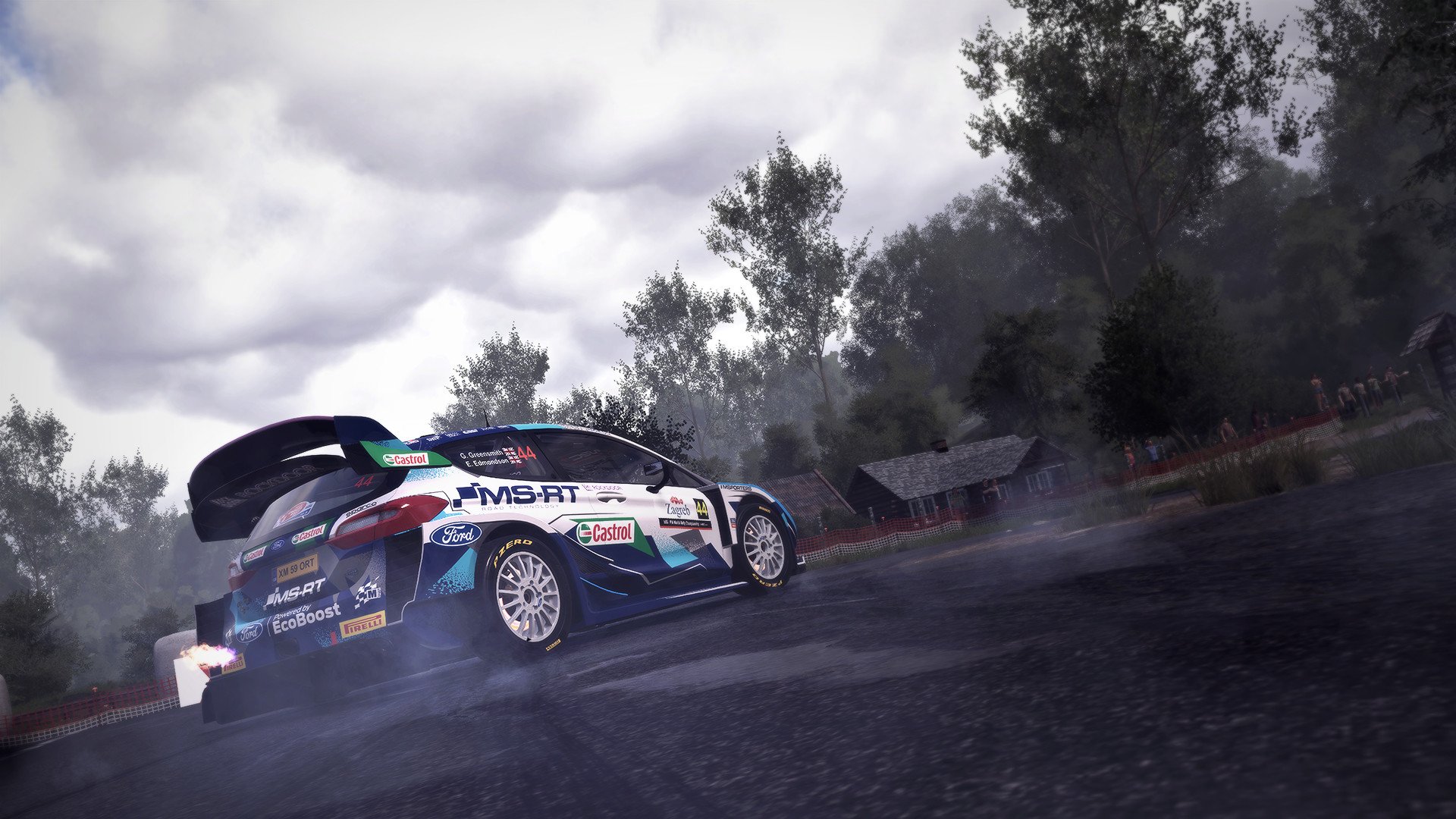How was Level Design for Esports: Crafting the Perfect Battleground
- 1 The Genesis: Understanding Video Game Level Design
- 1.1 The Canvas of Competition
- 1.2 Spawn Points and Resource Allocation
- 1.3 Player Experience
- 1.4 Striking the Right Balance
- 1.5 Architectural Ingenuity
- 1.6 Dynamic Environmental Elements: Shaping Gameplay Dynamics
- 1.7 Player Feedback: The Iterative Path to Improvement
- 1.8 The Balancing Act: Developer’s Dilemma
- 2 Conclusion:
- 2.1 FAQs:
- 2.1.1 What role does level design play in esports?
- 2.1.2 How do developers ensure fairness in spawn points?
- 2.1.3 Why is player feedback important in level design?
- 2.1.4 What are dynamic environmental elements, and how do they impact gameplay?
- 2.1.5 What challenges do developers face in balancing innovation and fairness in level design?
- 2.1.6 How do level designers create an immersive player experience?
- 2.1.7 Why is continuous improvement essential in esports-level design?
In Short:
- Strategic Equilibrium: Level design in esports focuses on balancing map layout to ensure fairness and competitiveness.
- Dynamic Elements: Incorporating dynamic environmental features keeps gameplay exciting and unpredictable.
- Continuous Improvement: Developers iterate based on player feedback to maintain relevance and enhance the gaming experience.
Esports, where digital athletes compete in virtual landscapes, has surged in popularity, transforming video gaming into a global spectacle. At the core of this phenomenon lies the intricate art of level design, a pivotal element in creating competitive and balanced arenas.
The Genesis: Understanding Video Game Level Design
Video game-level design is a multifaceted process that extends beyond aesthetics. It encompasses strategic planning to ensure that the game environment captivates visually and fosters competitiveness and fairness. Developers are tasked with considering factors such as map layout, spawn points, and resource distribution to sculpt a dynamic, challenging, and fair arena.
The Canvas of Competition
At the heart of a well-designed esports arena lies the blueprint—the map layout. Striking a strategic balance between expansive spaces and confined zones is paramount. This equilibrium ensures that no single team gains an unfair advantage, promoting fair play. Each map should present unique challenges, compelling teams to adapt and strategize and inject excitement into the competition.
Spawn Points and Resource Allocation
Spawn points act as the pulse of an esports match. Their strategic placement prevents spawn camping, offering both teams an equal opportunity to regroup and launch counterattacks. Likewise, resource distribution, be it ammunition, health packs, or power-ups, must be thoughtfully scattered to prevent dominance by a single team. Achieving equilibrium in these elements is the hallmark of a well-designed arena.
Player Experience
Ultimately, the success of a level design is measured by the player experience. An esports arena should not merely be a backdrop but an immersive environment that keeps players on the edge. Engaging visuals, realistic soundscapes, and dynamic elements create an unforgettable gaming experience, fostering a community that thrives on competition.
Striking the Right Balance
Creating a competitive and balanced esports arena is a delicate blend of art and science. It demands creativity, innovation, and a profound understanding of the game dynamics. Let’s delve into the key elements contributing to the delicate balance needed for an unforgettable gaming experience.
Architectural Ingenuity
Esports titles often introduce unique architectural elements to elevate the gaming experience. These features, from multi-level structures to dynamic obstacles, force players to think strategically. Innovative architecture adds excitement and ensures that no single strategy dominates the game, fostering an environment where adaptability is critical.
Dynamic Environmental Elements: Shaping Gameplay Dynamics
Introducing dynamic elements within the arena can dramatically alter the course of a match. Whether it’s shifting terrain or changing weather conditions, these elements keep players on their toes. A well-timed environmental shift can turn the tide, creating memorable moments that resonate with the gaming community.
Player Feedback: The Iterative Path to Improvement
Continuous improvement is the cornerstone of a booming esports arena. Developers must actively seek player feedback, analyze gameplay data, and iterate on the level design. This iterative process ensures that the arena evolves with the player community, staying relevant and exciting.
The Balancing Act: Developer’s Dilemma
Achieving a balance in level design is an ongoing challenge. Developers must navigate the delicate dance between innovation and fairness. Striking the right balance requires a deep understanding of the game’s mechanics, player behaviour, and the ever-evolving meta. It’s a constant quest to create an environment where every team has a fighting chance.
Conclusion:
In conclusion, video game-level design is a linchpin in the esports ecosystem. Crafting competitive and balanced arenas goes beyond providing a stage for competition; it enhances the entire gaming experience, attracting players and spectators alike. As the esports industry thrives, meticulous level design remains crucial, shaping the adrenaline-pumping, edge-of-the-seat action that defines esports.
FAQs:
What role does level design play in esports?
Level design is crucial in creating fair and competitive arenas where players can showcase their skills without unfair advantages.
How do developers ensure fairness in spawn points?
Developers strategically place spawn points to prevent spawn camping and provide equal opportunities for both teams.
Why is player feedback important in level design?
Player feedback helps developers understand what works and what doesn’t, allowing them to iterate and improve the arena based on actual gameplay experiences.
What are dynamic environmental elements, and how do they impact gameplay?
Dynamic environmental elements, such as shifting terrain or changing weather conditions, add unpredictability to gameplay, keeping players engaged and challenged.
What challenges do developers face in balancing innovation and fairness in level design?
Developers must balance introducing new and exciting elements while ensuring fairness and competitiveness, which requires a deep understanding of game mechanics and player behavior.
How do level designers create an immersive player experience?
Level designers focus on engaging visuals, realistic soundscapes, and dynamic elements to create an immersive gaming environment that keeps players on the edge of their seats.
Why is continuous improvement essential in esports-level design?
Esports level design must evolve with the player community to stay relevant and exciting, which is achieved through continuous iteration based on player feedback and gameplay data.

















